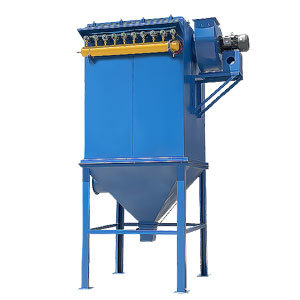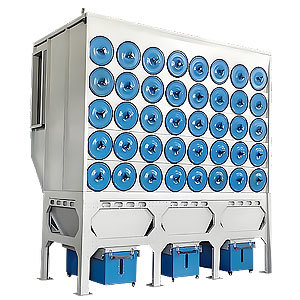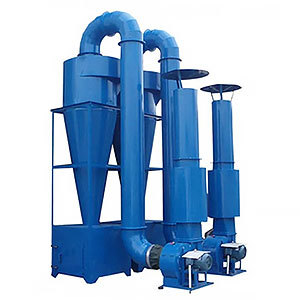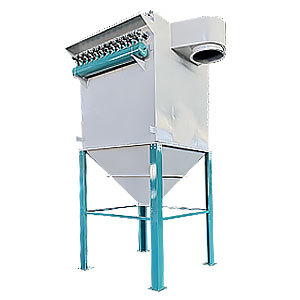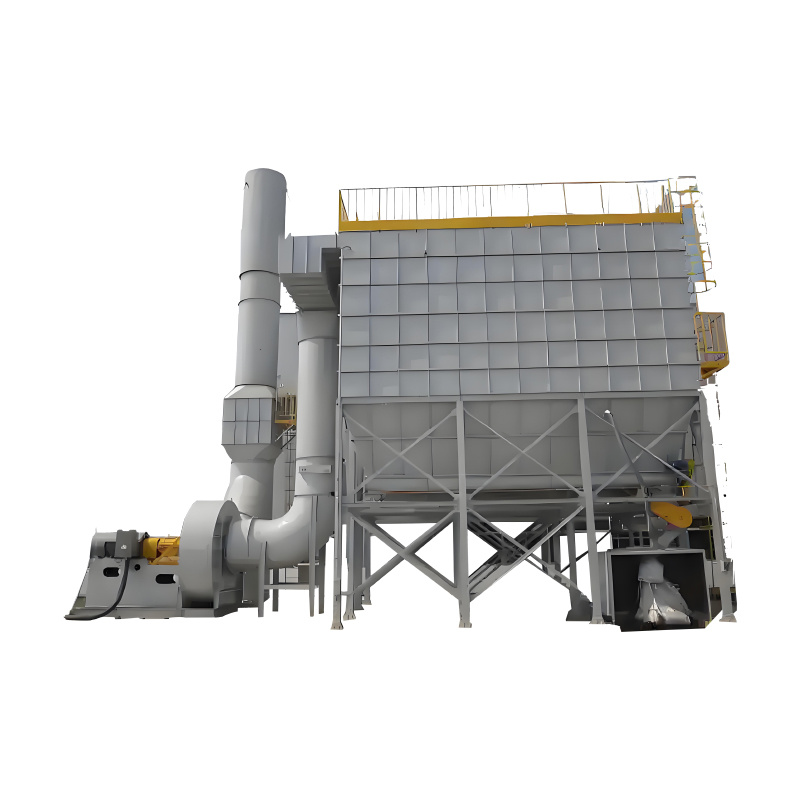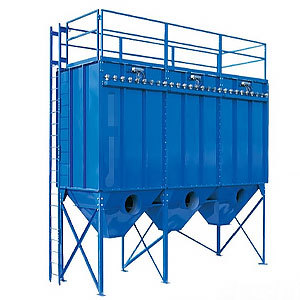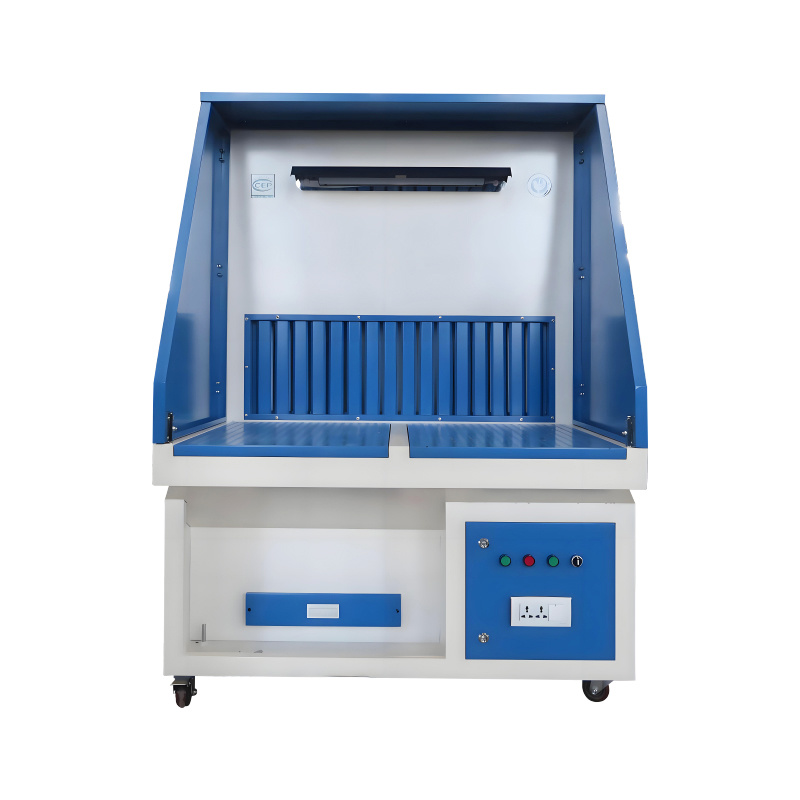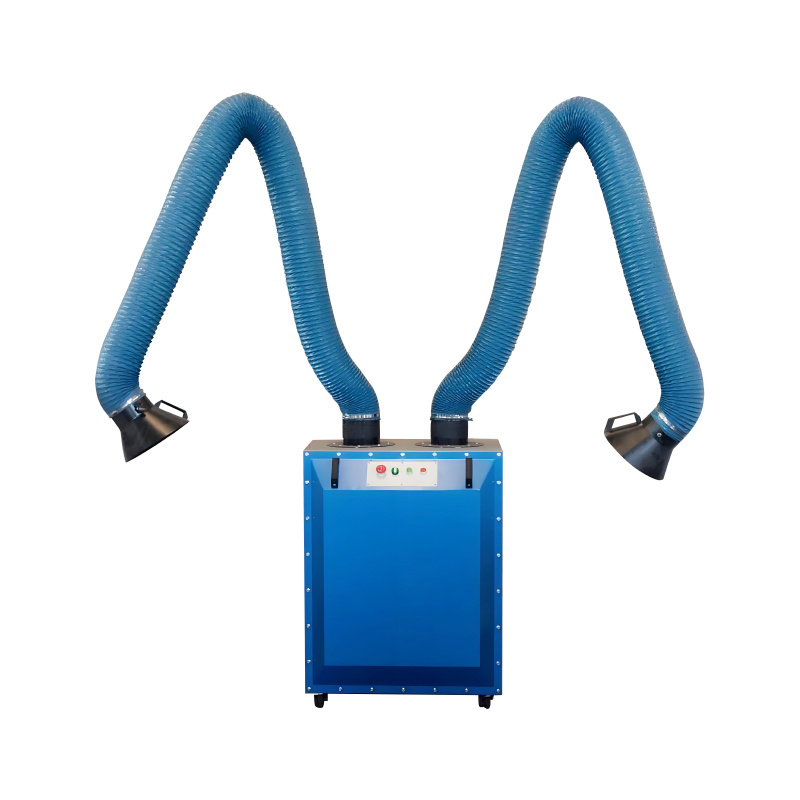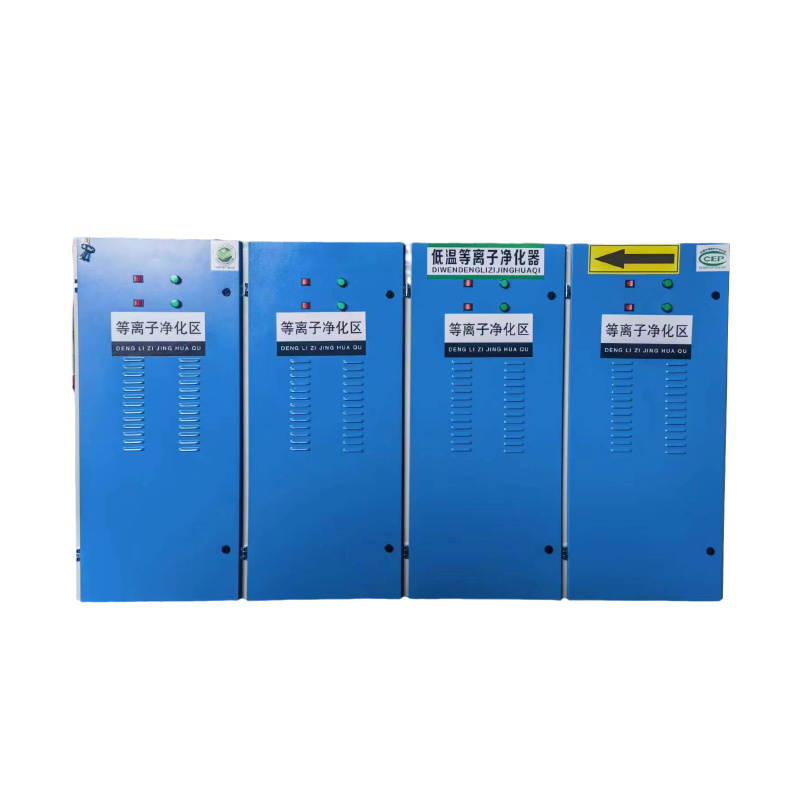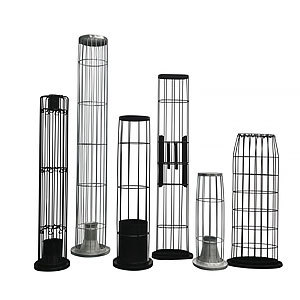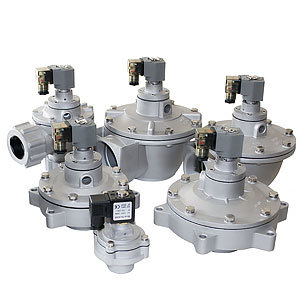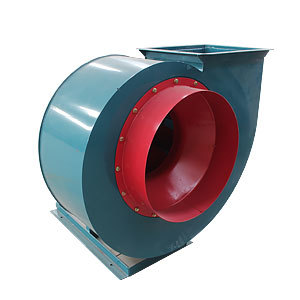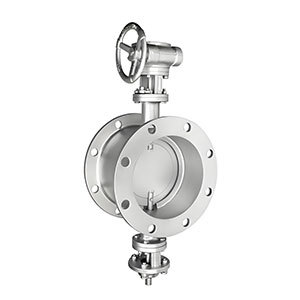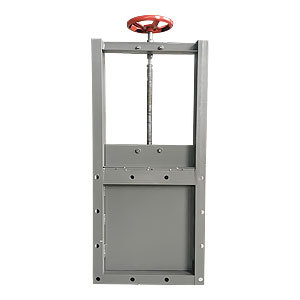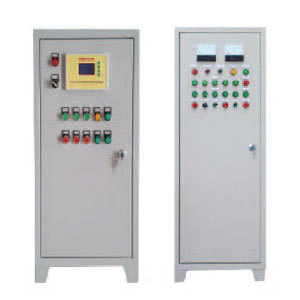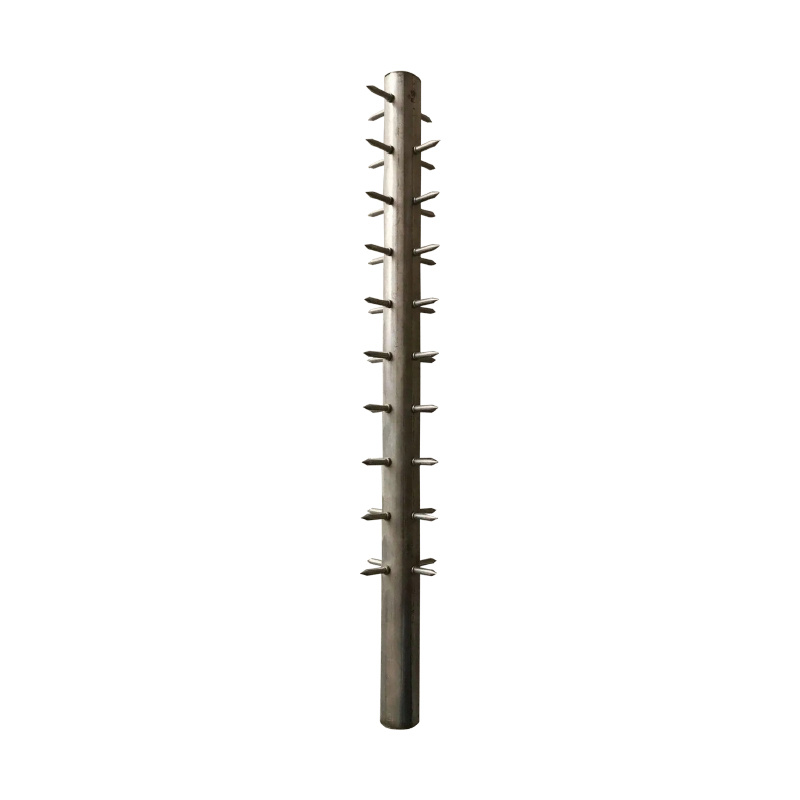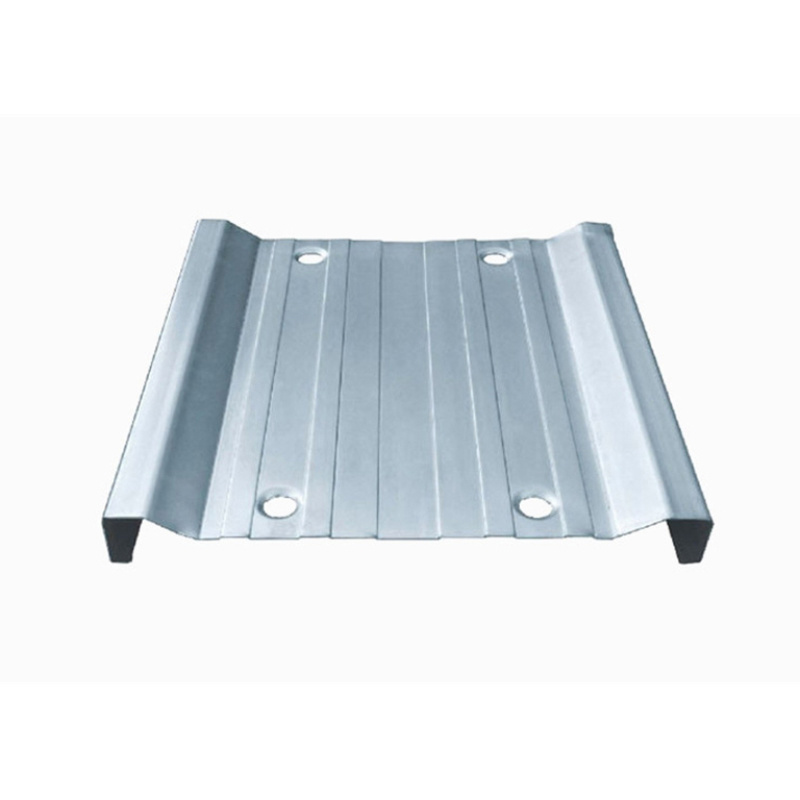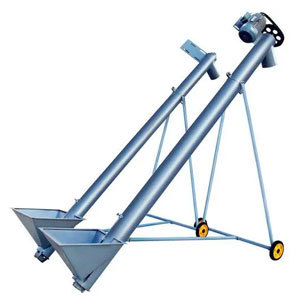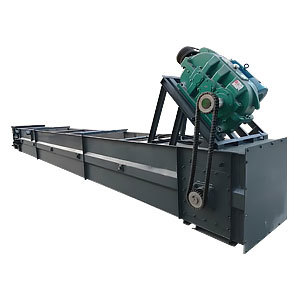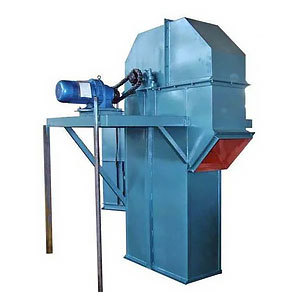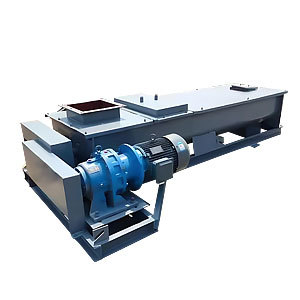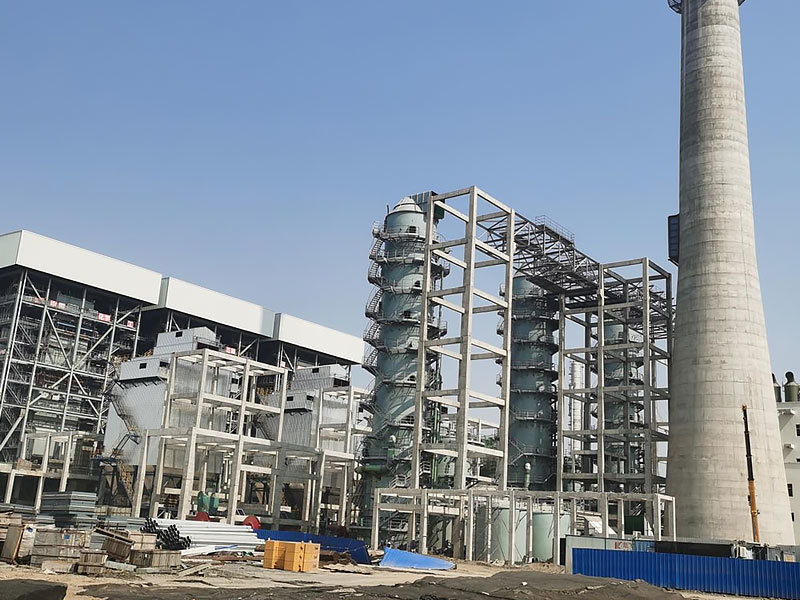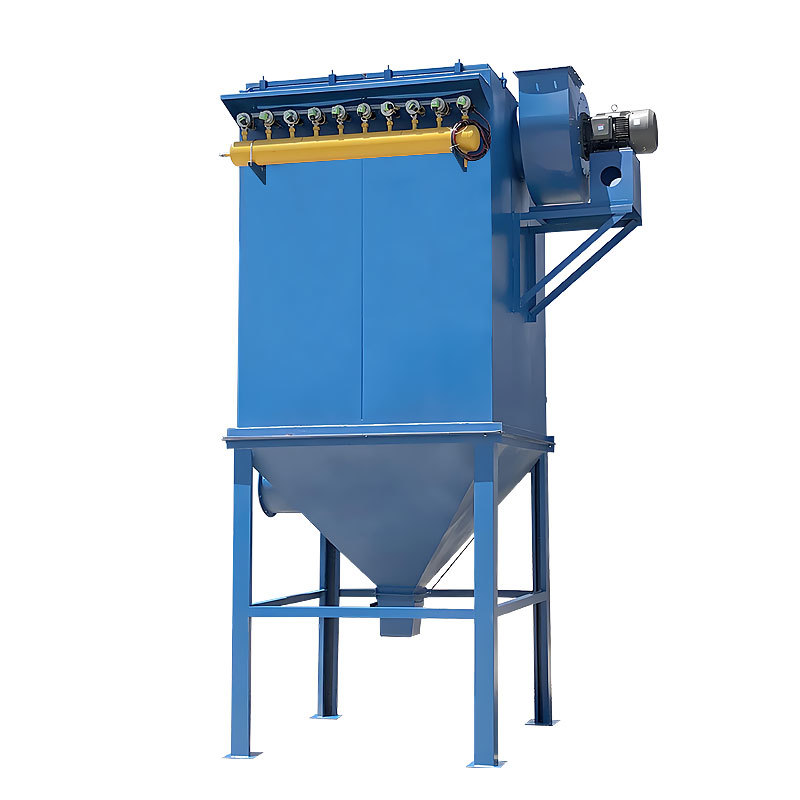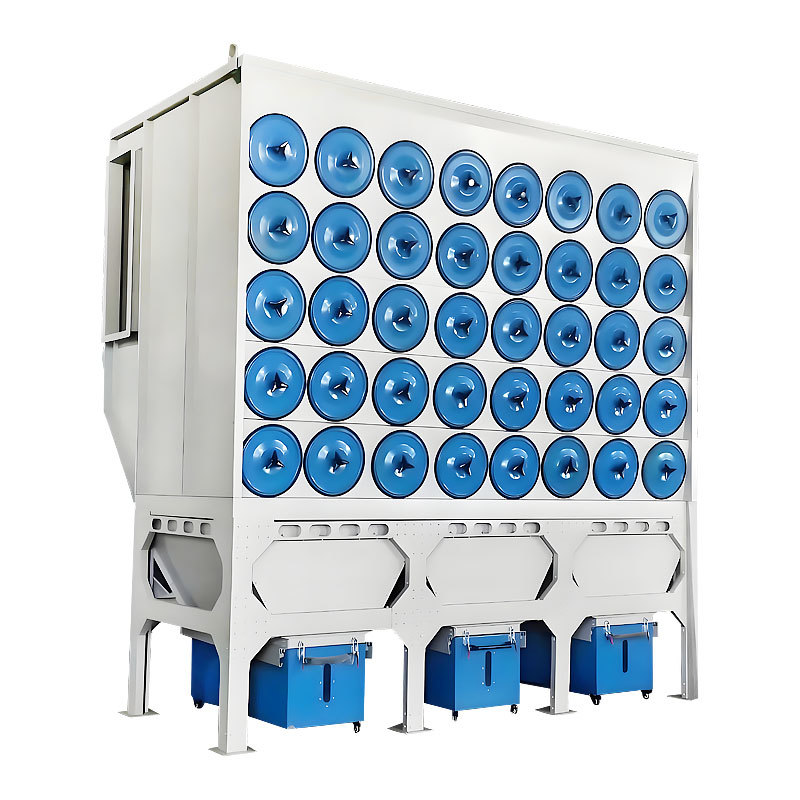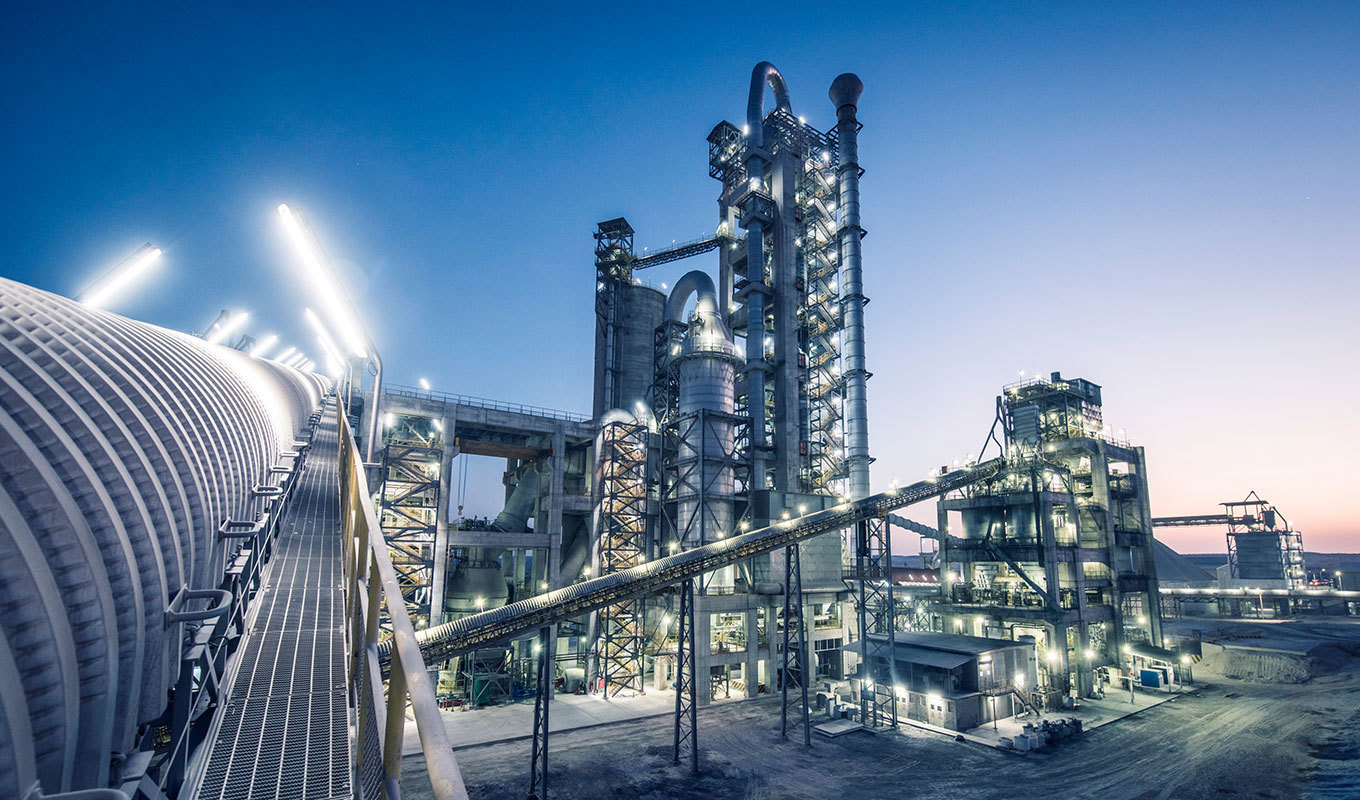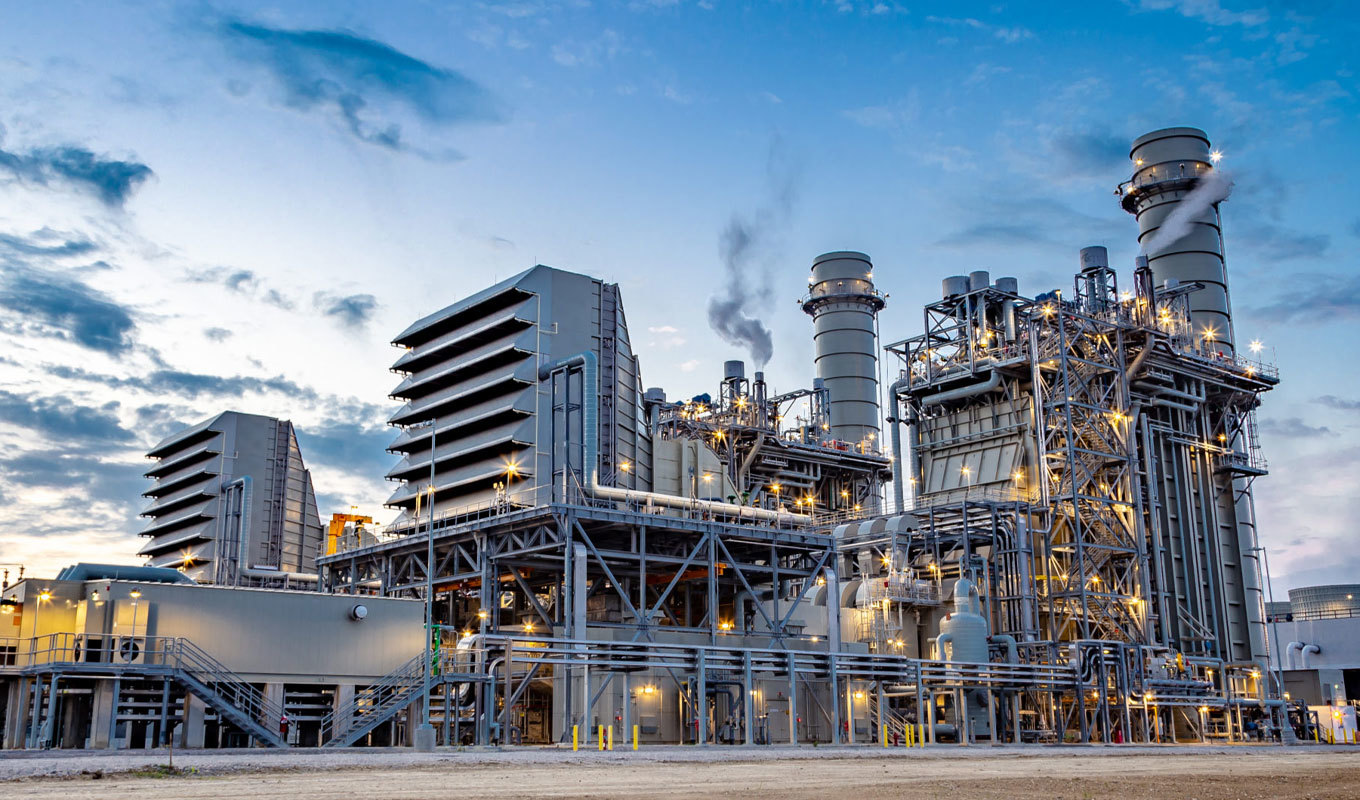Industrial Dust Collectors Solution: Machining Industry
Sep 07,2024
During the machining process, smoke and dust are easily generated in the process of turning, milling, grinding, cutting and welding. The sources and characteristics of these smoke and dust are different, but they will have a certain impact on the environment and human health.
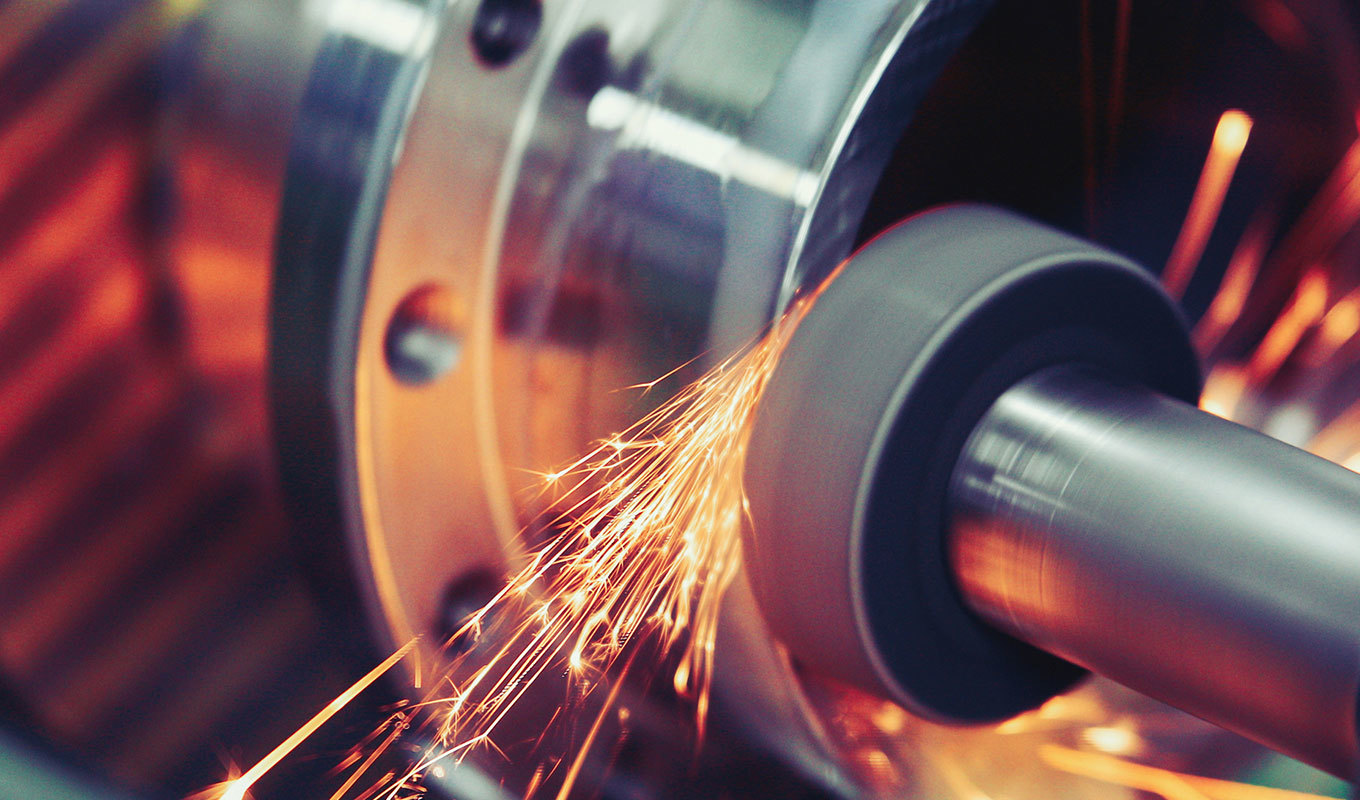
During the machining process, smoke and dust are easily generated in the process of turning, milling, grinding, cutting and welding. The sources and characteristics of these smoke and dust are different, but they will have a certain impact on the environment and human health. The following is a detailed analysis of the smoke and dust generated in these links:
1. Metal cutting processes such as turning and milling
- Source of smoke and dust: During metal cutting processes such as turning and milling, the friction and cutting action between the tool and the workpiece will generate a large amount of metal dust.
- Characteristics: These dust particles are small in size and usually belong to the PM10 or PM2.5 category. They are easily suspended in the air and inhaled by the human body. Long-term inhalation of these dusts may lead to occupational diseases such as pneumoconiosis.
2. Grinding
- Source of smoke and dust: During grinding, the friction between the grinding wheel and the workpiece will generate a large amount of grinding dust.
- Characteristics: Grinding dust also has the characteristics of small particle size and strong suspension, and may contain high temperature and certain chemical activity, which is harmful to human health and the environment.
3. Cutting Process
- Source of Smoke: During cutting processes such as plasma cutting, flame cutting, and laser cutting, a large amount of smoke and harmful gases will be generated when the material is cut by a high-temperature heat source.
- Characteristics: The composition of cutting smoke is complex, containing particulate matter, metal oxides, and harmful gases. Among them, the smoke particles produced by laser cutting are fine, the dust volume is low, but the smoke concentration is high; the smoke particles produced by plasma cutting and flame cutting are large, the smoke is large, and the smoke diffusion range is wide.
4. Welding Process
- Source of Smoke: During welding, when the welding rod or welding wire melts at high temperature and combines with the workpiece, a large amount of welding smoke will be generated.
- Characteristics: The composition of welding smoke depends on the material of the welded material, the composition of the welding material, and the welding process. Common welding smoke contains harmful substances such as MnO2, Fe2O3, and SiO2. Long-term inhalation may cause occupational diseases such as manganese poisoning and silicosis in welders. In addition, harmful gases such as CO and NOx may also be generated during welding.
Hot Tags:
PREVIOUS:
NEXT:
Related Products
More Application
The steel industry may generate smoke and dust in multiple production links, especially in areas such as feeding, steelmaking, rolling, sintering, and blast furnace workshops. These smoke and dust not only pollute the environment, but may also harm human health.
In the cement industry, smoke and dust may be generated in multiple production links, including crushers, raw material preparation, cement mills, dryers, calcination, material transportation, and packaging machines.
In the thermal power industry, coal-fired, gas-fired, biomass-fired boilers, as well as silos, coal bunkers, ash storage areas, etc. are indeed prone to generate smoke dust. These smoke dusts mainly come from the combustion process of fuels, the transportation and handling of materials, etc.
Power plants are prone to generate smoke and dust in production links such as coal transportation, pulverizing, boiler and combustion, and ash and slag systems.


